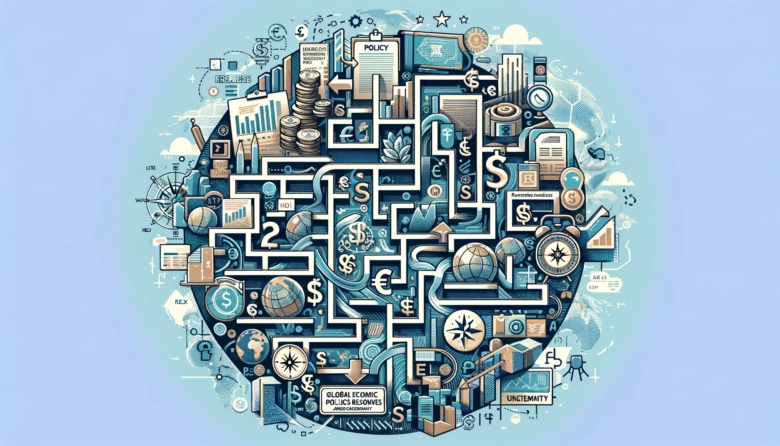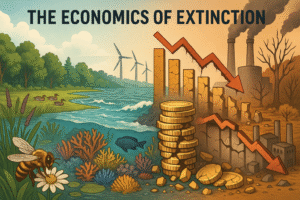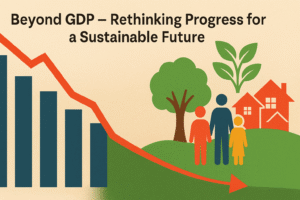In the second part of our series on navigating economic policy challenges in times of global uncertainty, we focus on the various policy responses being implemented worldwide. Amidst the complex backdrop of an uncertain global economy, policymakers are charting paths through uncharted territories.
Policy Responses to Economic Uncertainty
- Fiscal and Monetary Policy Tools
- Policymakers are leveraging a mix of fiscal and monetary tools to combat economic instability. While some countries are introducing stimulus measures to boost demand, others are tightening fiscal policies to rein in inflation. Central banks play a pivotal role in this balancing act, adjusting interest rates to manage inflation without stifling economic growth.
- Addressing Consumer Sentiment and Labor Markets
- With consumer sentiment dampened by previous years’ inflation, economic policies are also targeting the revival of consumer confidence. Labor markets, still recovering from the COVID-19 pandemic, are another focus area, with policies aimed at reducing unemployment and addressing pandemic-related absences and disabilities.
- The Fiscal Cliff Problem in Developed Economies
- In the United States, the federal deficit and debt levels are reaching critical points, prompting discussions on fiscal reforms. Policymakers are confronted with the challenge of financing public expenditures, including health care and pensions, without overburdening the economy.
- The Work-From-Home Transition
- The shift towards remote work is influencing policy decisions related to workplace regulations and technological infrastructure. This trend is expected to continue, driven by advancements in remote working technologies.
Emerging Markets vs Developed Economies
- Divergent Economic Trajectories
- Emerging markets are showing resilience and are expected to gain attractiveness, especially in regions like China, which are crucial to the global economic recovery. In contrast, developed economies are grappling with high debt levels, fiscal challenges, and slower growth.
- Policy Approaches
- Emerging markets are focusing on policies that attract foreign investments and boost trade, while developed economies are more concerned with managing debt and stimulating sustainable growth.
Long-Term Strategies for Stability
- Sustainable Development and Technology
- Long-term economic policies are increasingly focusing on sustainability and technological innovation. These strategies aim to create resilient economies capable of withstanding future uncertainties.
- International Cooperation
- Global cooperation is key to addressing the challenges of economic uncertainty. Strengthening the multilateral trading system and reforming development finance are crucial steps towards a sustainable global economic recovery.
Conclusion
As we navigate through 2024, the global economy is at a crucial crossroads, balancing sustained growth against the backdrop of potential downturns. The varied economic policy responses across the globe reflect the complexity of the challenges faced and the efforts to maintain stability and stimulate growth. The paths chosen today will significantly influence the global economic trajectory in the coming years.
For more insights and analysis on global economic trends and policies, keep following EcoSociosphere.
G.C., EcoSociosphere Contributor
References:
- Brookings. (2024). A look back at 2023—and what’s in store for 2024—from the Global Economy and Development program. [online] Available at: Brookings.
- Stanford Institute for Economic Policy Research (SIEPR). (2024). 7 economic trends to watch in 2024. [online] Available at: SIEPR.
- UN News. (2024). Flagship economic report highlights why global cooperation is key. [online] Available at: UN News.





Comments
Your point of view caught my eye and was very interesting. Thanks. I have a question for you.
Your point of view caught my eye and was very interesting. Thanks. I have a question for you.